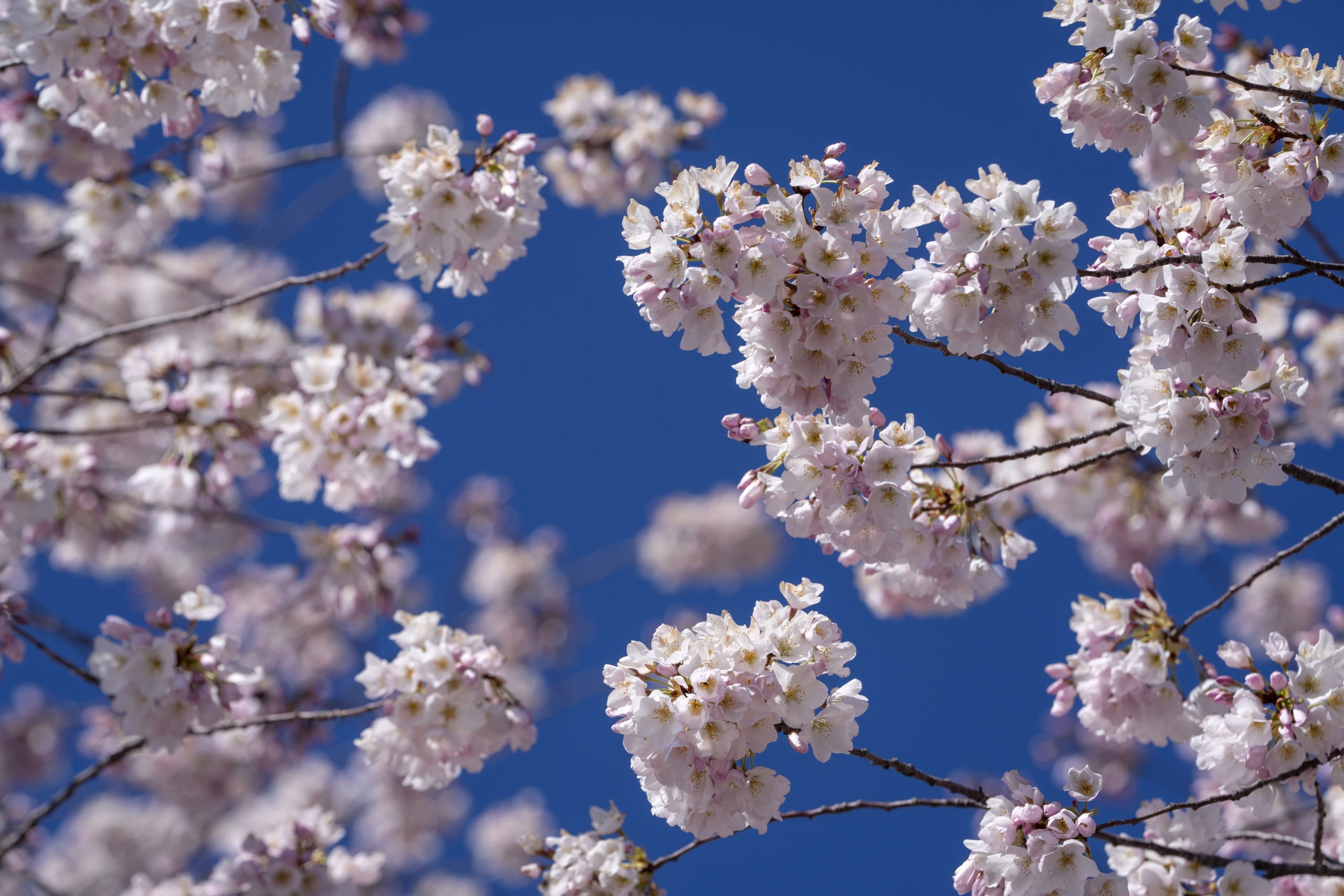NEW YORK (AP) — Spring has sprung!
Monday marks the spring equinox — at least for those in the Northern Hemisphere.
But what does that actually mean?
What is the spring equinox
As the Earth travels around the sun, it does so at an angle.
For most of the year, the Earth’s axis is tilted either toward or away from the sun. That means the sun’s warmth and light fall unequally on the northern and southern halves of the planet.
During the equinox, the Earth’s axis and its orbit line up so that both hemispheres get an equal amount of sunlight.
The word equinox comes from two Latin words meaning equal and night. That’s because on the equinox, day and night last almost the same amount of time — though one may get a few extra minutes, depending on where you are on the planet.
The spring — or vernal — equinox can land on March 19, 20 or 21, depending on the year. This year it landed on Monday at 5:24 p.m. Eastern time.
Why are there two kinds of springs?
There are two different ways to carve up the year: Meteorological and astronomical seasons.
Meteorological seasons are defined by the weather. They break down the year into three-month seasons based on annual temperature cycles.
By that calendar, spring already started on March 1, and will run until May 31.
But astronomical seasons depend on how the Earth moves around the sun.
Equinoxes, when the sun lands equally on both hemispheres, mark the start of spring and autumn. Solstices, when the Earth sees its strongest tilt toward or away from the sun, kick off summer and winter.
What to expect now that spring is here?
For those north of the equator, daylight will keep stretching longer— with earlier sunrises and later sunsets — until the summer solstice in June. The new season signals warmer weather, budding plants and migrating animals.

The Southern Hemisphere will see the opposite: Days will…
Read the full article here



